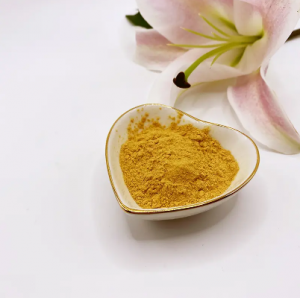Deacetylation is an important step in the synthesis process of Chitosan Oligosaccharide, which has a profound impact on its biological activity and application potential. The following are the main roles of deacetylation in chitosan oligosaccharides:
Improve solubility:
The deacetylation process reduces the acetyl groups in chitosan oligosaccharide, making it significantly more soluble in water. This property makes chitosan oligosaccharide more easily absorbed by plants, thus enhancing its biological activity.
Enhance biological activity:
Chitosan oligosaccharide after deacetylation shows stronger biological activity and can more effectively stimulate plant growth and enhance stress resistance. This gives chitosan oligosaccharides broader application prospects in agriculture and plant protection.
Promote plant immune response:
| Deacetylated chitosan oligosaccharides can activate the plant’s immune system and enhance its resistance to pathogens. This property makes it an effective natural antifungal agent. |  |
Improve soil health:
Deacetylated chitosan oligosaccharides can improve soil structure and promote microbial activity, thereby improving soil fertility and health.
In summary, the role of deacetylation in chitosan oligosaccharides is crucial, as it not only improves the solubility and biological activity of chitosan oligosaccharides, but also enhances its application potential in plant growth and protection. By rationally utilizing deacetylated chitosan oligosaccharides, farmers can effectively improve crop health and yield and promote the development of sustainable agriculture.
Post time: Oct-08-2024




